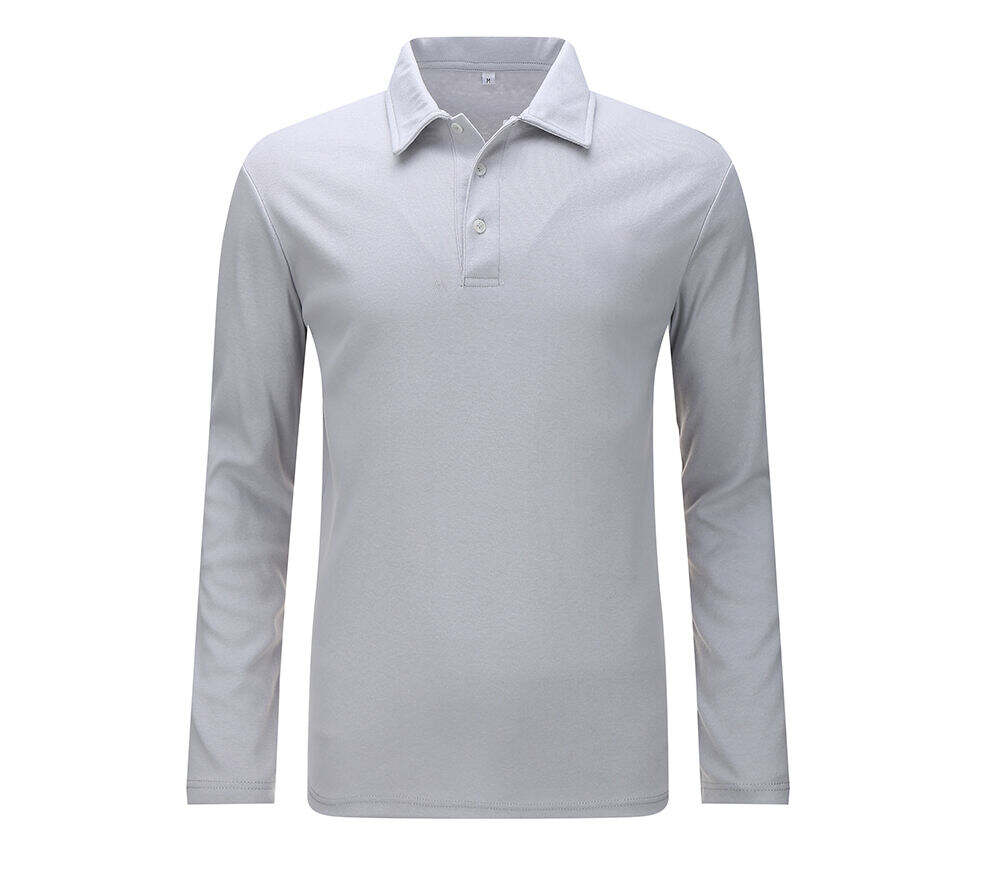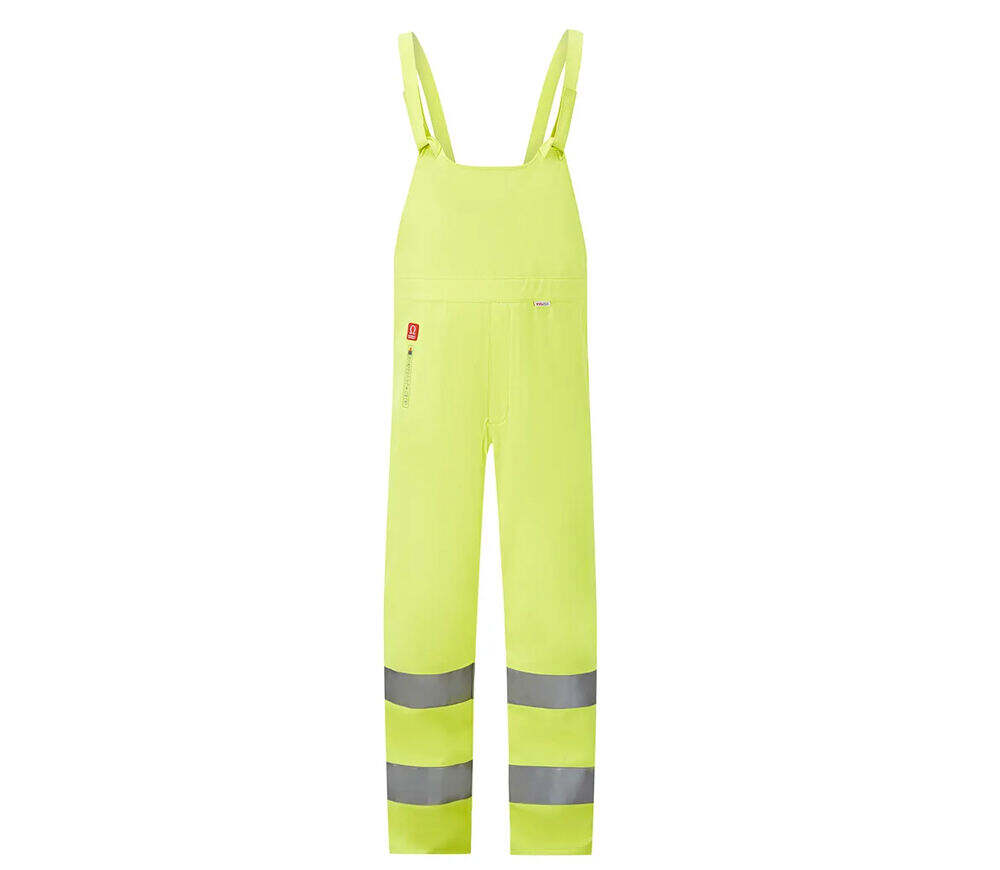Arc flash protective clothing is a specialized type of personal protective equipment (PPE) designed to safeguard workers from the severe dangers associated with arc flash incidents. An arc flash is a sudden and intense release of electrical energy through the air between conductors or from a conductor to the ground. This event can generate extremely high temperatures, often exceeding 35,000 degrees Fahrenheit, which is hotter than the surface of the sun. The resulting explosion can cause a multitude of hazards, including thermal burns, blast pressure, sound waves, and flying debris, all of which pose significant risks to workers' safety.
The primary purpose of arc flash protective clothing is to act as a barrier between the worker and the arc flash. It is made from special materials that have been rigorously tested and certified to meet specific arc flash protection standards. These materials are typically a blend of inherently fire - retardant fibers, such as aramid (e.g., Nomex) and modacrylic. Inherently fire - retardant fibers have fire - resistant properties built into their chemical structure, meaning they do not lose their protective qualities even after repeated washing and exposure to harsh conditions.
Arc flash protective clothing comes in various forms to provide different levels of protection depending on the potential arc flash energy in the workplace. Common items include arc - flash suits, jackets, shirts, pants, coveralls, hoods, gloves, and face shields. Arc - flash suits offer the highest level of protection and are usually worn for high - risk tasks, such as working on energized electrical equipment. They are often made from multiple layers of flame - resistant materials and may include additional features like built - in hoods and face shields. Jackets and coveralls provide full - body protection and can be worn as the primary layer of clothing for less hazardous tasks. Hoods are essential for protecting the head, face, and neck from the intense heat and flying debris during an arc flash. Gloves protect the hands, which are particularly vulnerable to burns and injuries, while face shields offer protection for the eyes and face from the bright light, heat, and debris.
The level of protection provided by arc flash protective clothing is measured by its arc rating. The arc rating is expressed in calories per square centimeter (cal/cm²) and indicates the amount of thermal energy the clothing can withstand. The higher the arc rating, the greater the protection. The arc rating required for a particular job is determined by an arc flash hazard analysis, which takes into account factors such as the voltage level, available fault current, and equipment configuration. Employers are responsible for conducting this analysis and providing workers with arc flash protective clothing that meets or exceeds the appropriate arc rating.
In addition to its protective properties, arc flash protective clothing should also be comfortable to wear, as workers may have to wear it for long periods. Breathable fabrics allow air circulation, keeping the worker cool and reducing the risk of heat stress. Moisture - wicking properties help to draw sweat away from the body, keeping the worker dry and comfortable. Some clothing may also have adjustable features, such as waistbands, cuffs, and collars, to ensure a proper fit.
Proper care and maintenance of arc flash protective clothing are crucial to ensure its continued effectiveness. Follow the manufacturer's instructions for washing, drying, and storing the clothing. Avoid using bleach, fabric softeners, or harsh detergents, as these can damage the fire - retardant properties of the fabric. Inspect the clothing regularly for signs of wear and tear, such as fraying, holes, or damage to the reflective strips (if applicable). If any damage is found, the clothing should be repaired or replaced immediately.
In conclusion, arc flash protective clothing is a vital component of personal protective equipment for workers in industries where arc flash hazards are present. By providing a barrier against the intense heat and energy of an arc flash, it helps to prevent severe burns and injuries, ensuring the safety and well - being of workers in these high - risk environments.


